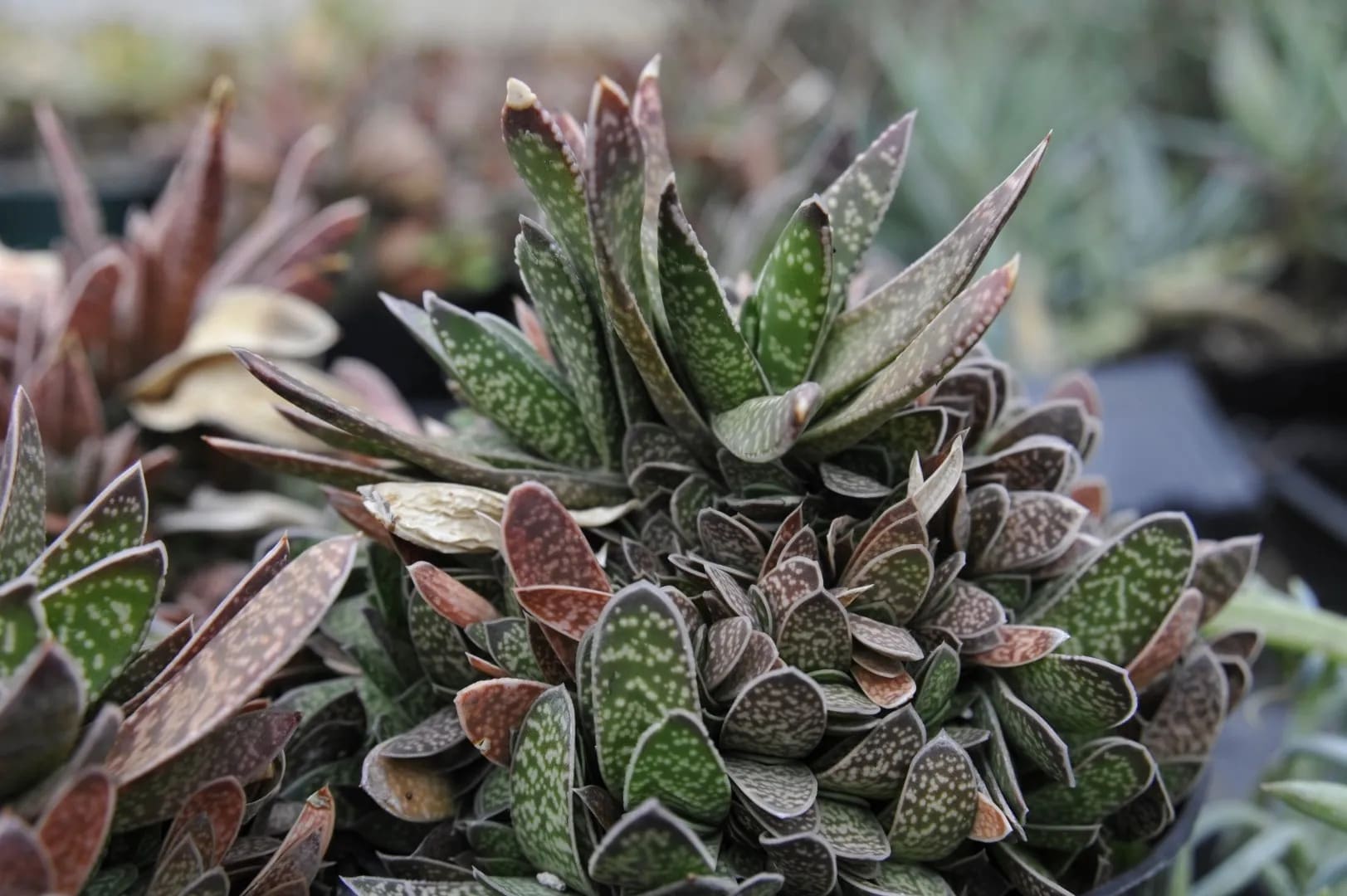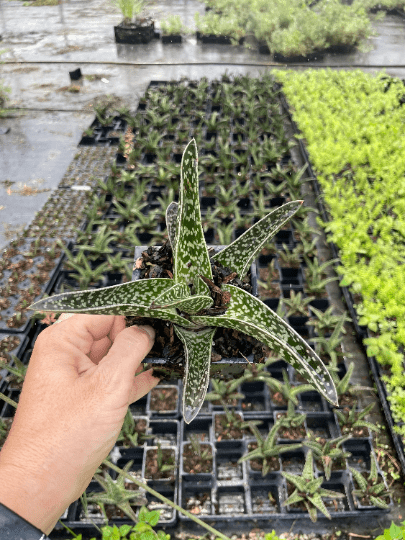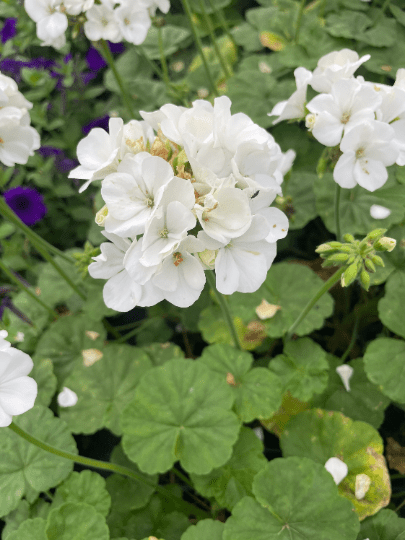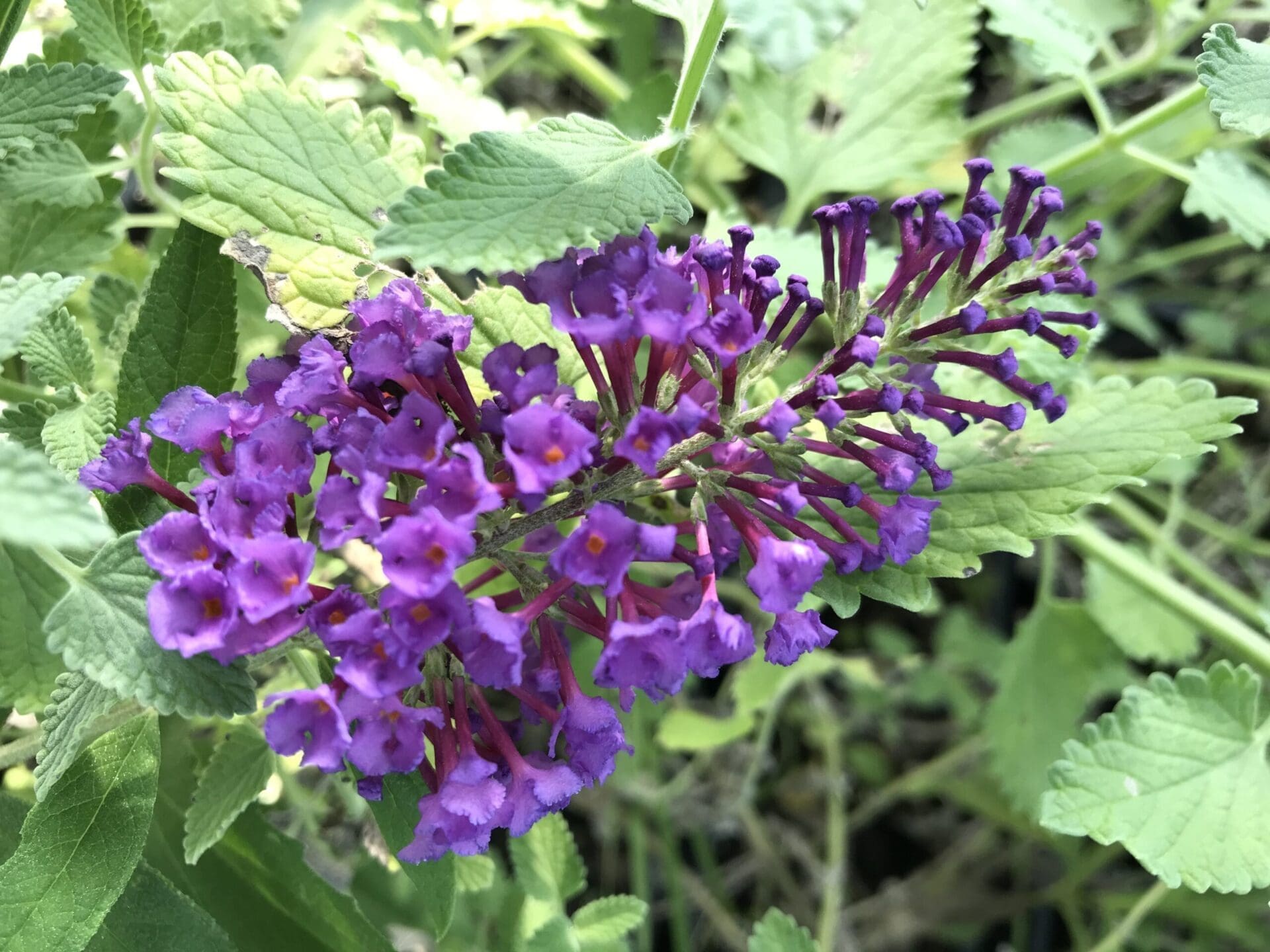Description
Native to the Cape area of South Africa, this easy to grow succulent plant makes an unusual house plant. Plus the flowers are edible and used to make a stew. It will thrive in full sun or bright indirect light. Water when dry. This unusual plant gets it’s name because of the rough textured leaf that resembles a tongue. Gasteria bicolor var. liliputana proliferates from the base forming dense groups of up to ten or more individuals. broad, tapering, strap-shaped with a rounded or acute top and a smooth, mottled epidermis. The leaves of young plants are distichous (arranged in two opposite ranks) and look quite different to the adult leaves.
- Easy to grow succulent
- Leaf resembles a rough tongue
- Water when dry
- The varieties vary with the season
- Immediate shipping
- Not cold hardy.
- Grows up to 8 inches.
- Slow growing
Proud Products Guarantee!!
Plants from Daylily Nursery are guaranteed to arrive healthy and green. If you have any concerns or are dissatisfied within the first five days of receiving your plants, please email or call our office so that we can help make it right! Plants require proper care and nourishment to adapt to their new surroundings. Unfortunately, if your plants have received less-than-ideal care or were purchased for planting outside of your recommended growing zone, your purchase isn’t covered by our guarantee. Zone recommendations are provided in our listings.
Exercise caution and use your best judgment before ordering during unusually hot or cold weather (below 32 degrees F, or in excess of 95F for shipping purposes), as these extremes may leave your plant vulnerable to damage. The optimal time for planting for most of our material is in mid to late spring, past the danger of hard frost. This allows your plants the longest possible growing season. Summer and very early fall are also suitable, as long as your plant is placed in optimal conditions and receives adequate water during the hotter, dryer periods of the summer. Late fall and winter are very risky in most areas, as our plant material ships from cozy greenhouses and will struggle adapting to very cold or frozen soil, or abrupt changes in temperature. This can easily cause damage, stunting, or failure to thrive. When in doubt about suitable planting times or zone compatible plants for your area, reach out to your local Agricultural Extension Office.
If issues with your plants arise within the first 30 days of receipt, please email or call our office. Our knowledgeable staff will review your concerns and provide guidance and troubleshooting, or a one-time replacement if necessary. The customer assumes responsibility for the cost of shipping the replacement. Happy Planting!





